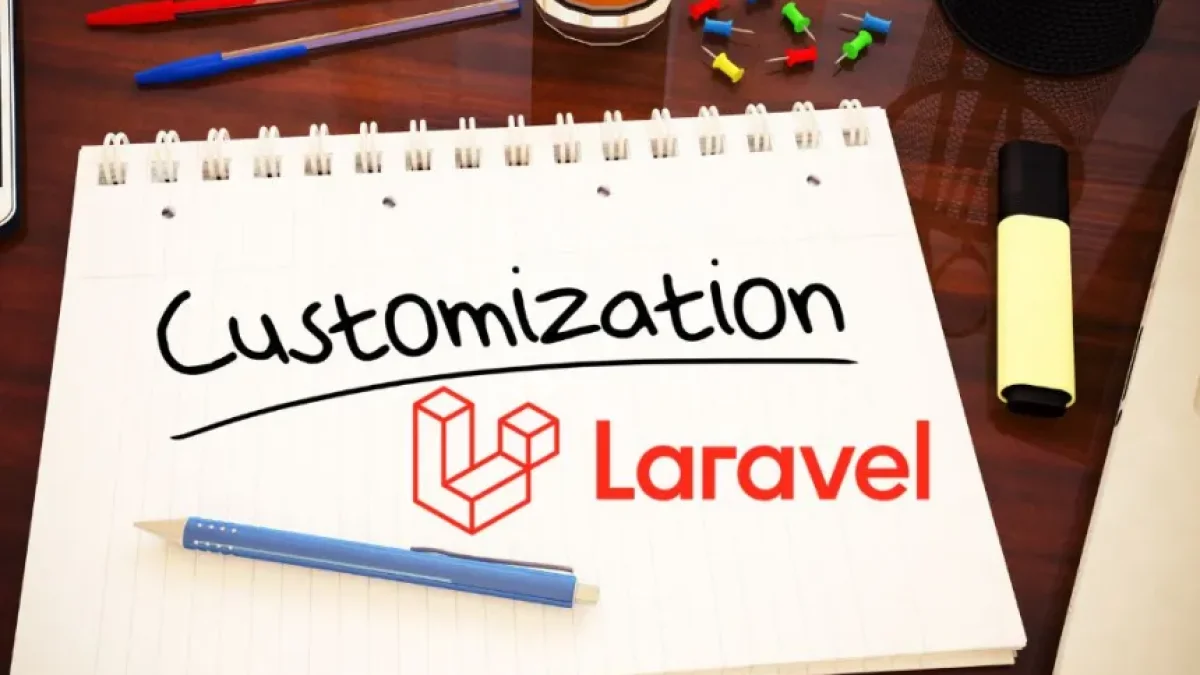How to easily add custom classes in Laravel.


Laravel has established itself as one of the most popular frameworks for developing web applications in PHP, thanks to its ability to simplify processes and its focus on code elegance. One of the functionalities that many developers seek to optimize is the incorporation of custom classes, allowing for better organization and code reuse. Below, we explain how you can do this easily.
Creating Custom Classes in Laravel
Laravel allows developers to create their own classes within the structure of the framework, facilitating the adaptation of code to the specific needs of the project. To achieve this, you can follow a few simple steps.
Step 1: File Structure
First, it’s important to define where in your project you want to save the new class. Generally, custom classes are placed in the app directory, where you can create a specific subdirectory to maintain good organization, such as app/Services or app/Classes.
mkdir app/Services
Step 2: Creating the Class
Once you have the structure ready, you can create a PHP file for your new class. For example, if you want to create a class named MyService, your file should be named MyService.php. You can use a text editor or an IDE for this.
Read also
<?php
namespace App\Services;
class MyService
{
public function greet($name)
{
return "Hello, " . $name;
}
}Here, we have defined a simple method that returns a greeting.
Step 3: Using the Class
To use the class you just created, you only need to import it in the file where you want to use it. For example, if you want to use it in a controller, you can do so as follows:
use App\Services\MyService;
class MyController extends Controller
{
public function showGreeting()
{
$myService = new MyService();
return $myService->greet('John');
}
}Step 4: Verification
Finally, ensure that everything is working correctly. You can perform a test by accessing the route you have defined for the showGreeting method. If everything is in order, you should see the greeting in your browser.
Read also
Benefits of Using Custom Classes in Laravel
Adding custom classes to your Laravel application has numerous benefits:
- Organization: Keeps your code clean and organized.
- Reuse: Allows you to reuse functions and methods throughout your application.
- Scalability: Facilitates the expansion of your project as it grows with new features.
Additional Resources
While this article provides a basic guide on how to add custom classes in Laravel, there is a wealth of online resources that can help you delve deeper into this topic and other aspects of Laravel development.
I invite you to keep exploring more news and tutorials like this on my blog. Each entry is designed to help you enhance your programming skills and knowledge. Don’t hesitate to check out my other articles!



















